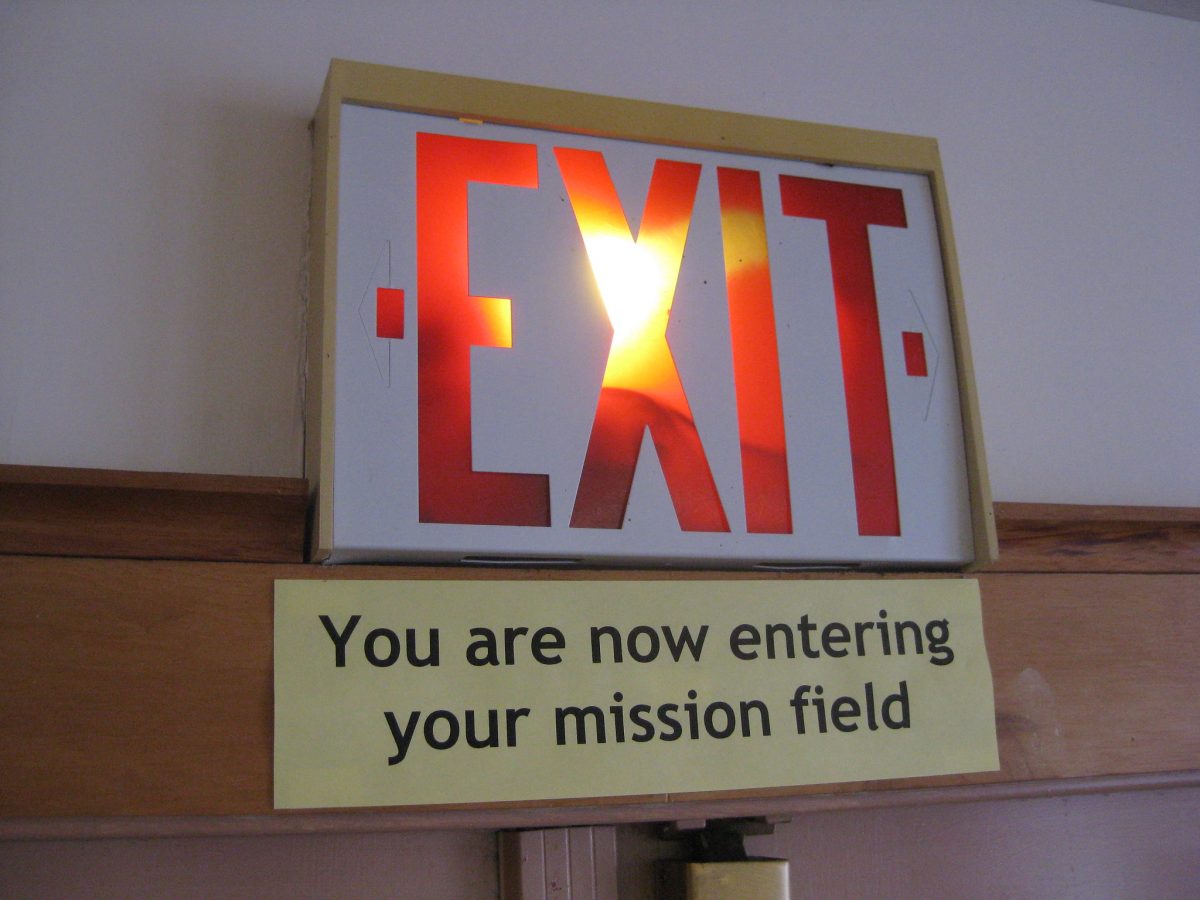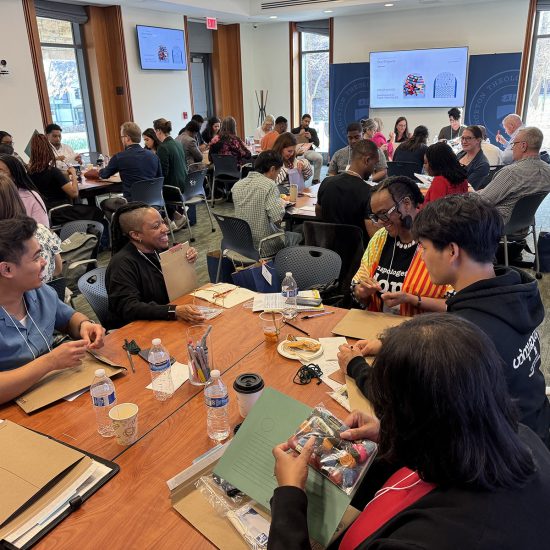
I’ve always been impressed by the signs located near the exits of many churches that state “You are now entering your mission field.” These signs are continual reminders that our faith should not be confined to a house of worship. Our hope in Jesus Christ should accompany us wherever we go to impact the world.

Ken Satterfield
But is the reverse true? Is the world impacting our churches?
A recent article by Meredith Farkas, a faculty librarian at a community college librarian in Portland, Oregon, brought this to mind. She argues that a library’s collection can serve as a remedy to the harm that can occur when people grow up without seeing themselves in books and media they encounter.
For example, in 2011 “The Opportunity Agenda” found that there was a correlation “between negative media stereotypes and lower life-expectancy among black men.” While about 40 percent of Americans are non-white according to 2018 U.S. Census Bureau estimates, less than 20 percent of lead film actors were people of color.
But this is not only about skin color. Sex and ableism should also be included. Actor Marlee Matlin, who is deaf, said in Entertainment Weekly during a cast reunion of the 20-year-old television drama The West Wing that she enjoyed the fact there never had to be a discussion about why the pollster she portrayed was deaf; “it was just who she was.”
Ultimately our media boils down to making decisions of whose stories are worth sharing – and whose aren’t.
It could even have an influence upon our beliefs. If we have always seen Jesus as White and serious, then pictures of a non-European or laughing Jesus may cause us to reconsider how he looked and acted.
Which brings us back to the church doorstep.
Do those who enter our churches encounter the world we are trying to change? If the answer is limited to handicapped parking places and ramps (both of which are required by law), we may want to enter the church walking in the shoes of someone of a different color or culture or even someone that has no feet for the shoes. What would they encounter?
Do the artists and authors found in our displays and media include those of other countries or other Baptists? Can we use these to build understanding and appreciation for other cultures?
Are our Bible teaching materials challenging us to consider others in the world? Many publishers are now producing materials for multicultural churches. Online resources offer topics to help us understand the special needs of others and their families. Discussion groups and ministries can help us discuss race, sex, and impairment. Meals and holidays from other countries can be explored when we gather.

(Eugene Peretz/Creative Commons)
Do our messages reflect the world? Could a children’s message use a book by a person of color? Might sermons reflect a greater global perspective? Both examples challenge our leaders to read and listen from an even wider perspective.
Many times “the church is becoming more like the world” is a negative when it means a congregation’s values reflect culture more than Christ. Bringing the world at your doorstep flips the perspective; when we make our church reflect more of the world’s people, we open the possibility of understanding the needs of others and having a heart for them. Then we can better embark into the mission field.
Ken Satterfield was formerly a media specialist and marketing coordinator for Word&Way. Look for him on a milk carton in your local grocery store!






